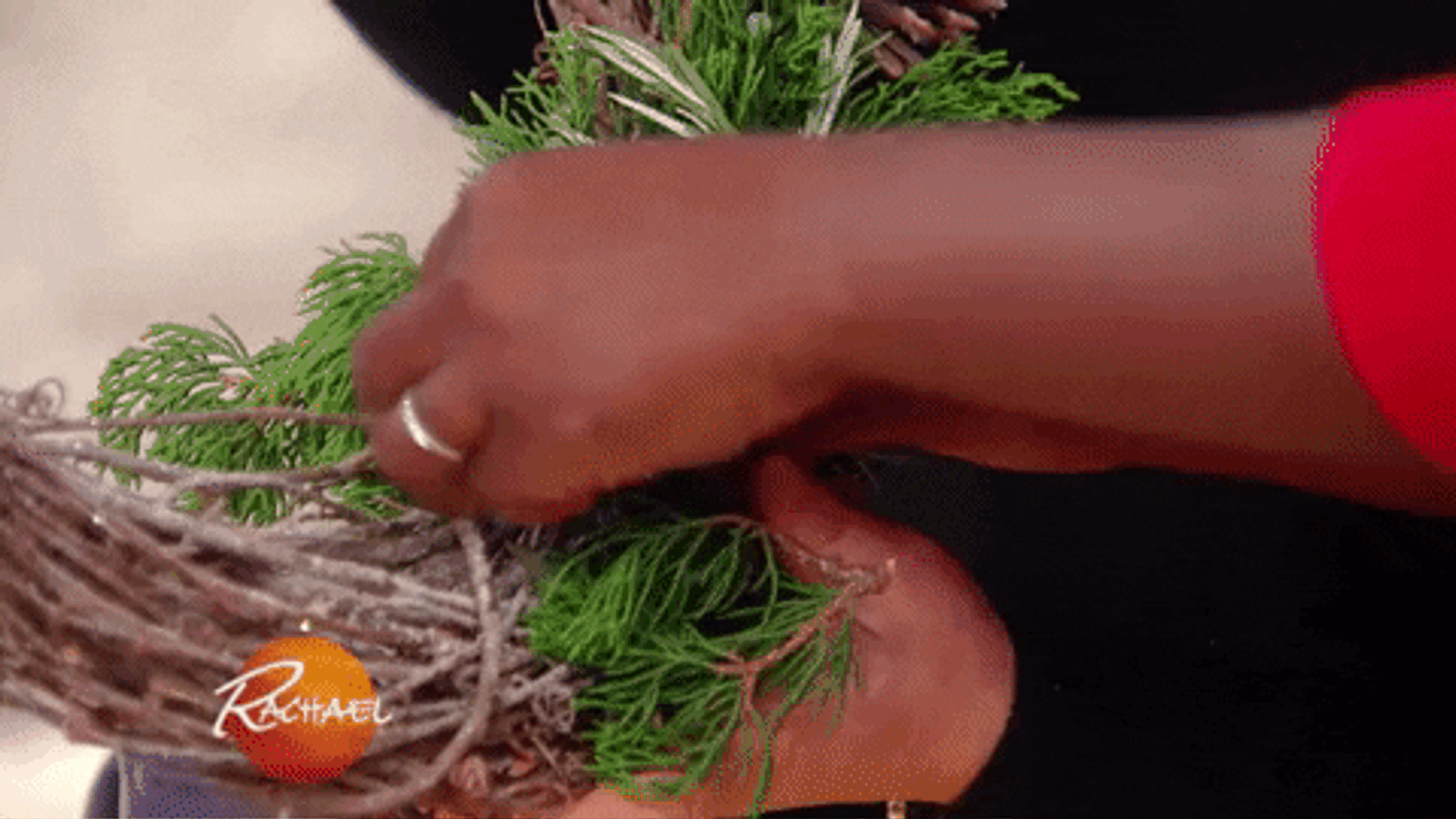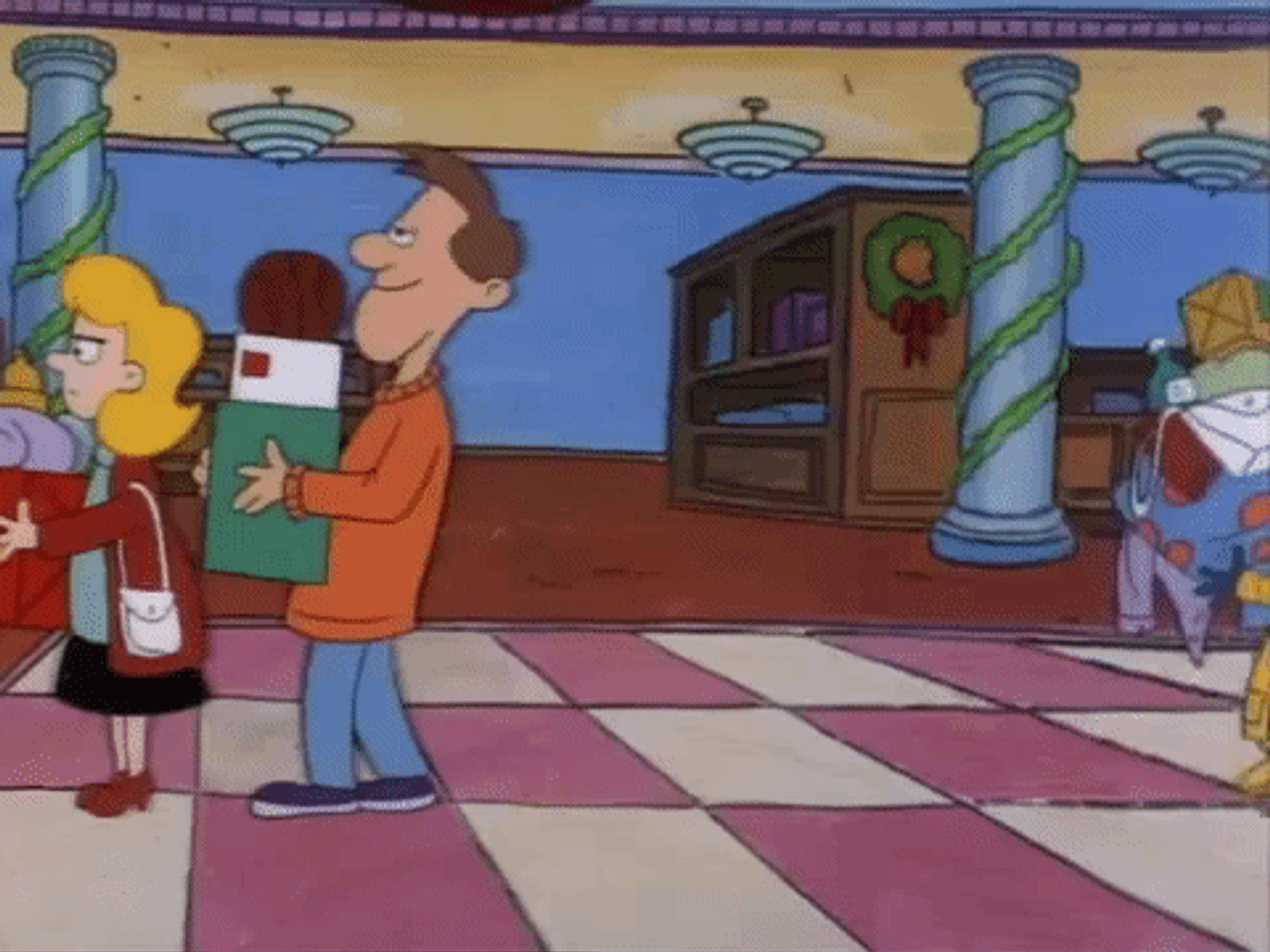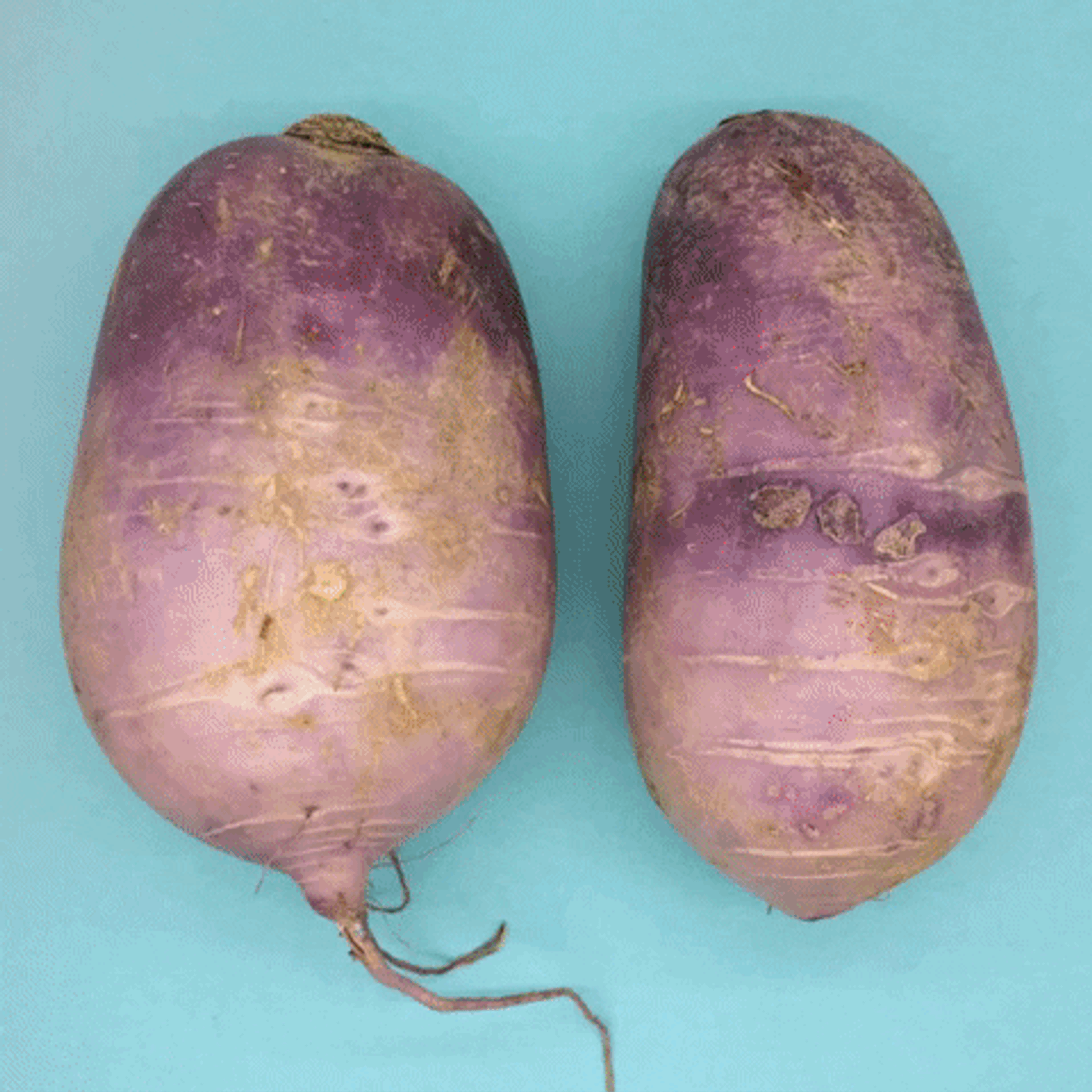
The holidays are here! While many of us look forward to this season and the traditions that come with it, this time of year can be extremely wasteful. From shopping to eating and traveling, heightened activity in all areas of our lives leads to an uptick in carbon emissions.
Did you know that Americans throw away 25% more trash from Thanksgiving to New Year’s Day than any other time of year? Here’s what you can do to celebrate the holidays more consciously and sustainably:
Try waste-free gift wrapping

Unfortunately, single-use wrapping paper usually can’t be recycled due to its mixed materials, such as glitter, dye, plastic, foil, etc. In the U.S., it’s estimated that Americans produce 4 million tons of waste in wrapping paper and shopping bags alone.
How you can help: Consider using reusable wrapping materials like fabric wraps or scarves. You can also reuse collected paper from packages, ribbons from past gifts, baskets, and saved holiday cards as gift tags.
Deck the halls with natural materials

We know it’s tempting but try not to get sucked into buying the newest trinkets. Single-use decorations such as disposable table settings, tinsel, and plastic ornaments can add more waste to landfills.
How you can help: Opt for natural materials that can be foraged around your home and composted afterward – greenery, berries, pinecones, and more. You can even use old oranges to create garlands. When it comes to table settings, you can reduce waste by using cloth napkins and real dishware.
Gift experiences

Mass overconsumption culture promotes rampant consumerism and exploitation of people. It also fuels overproduction which increases pollution and harms the planet.
How you can help: Consider gifting an experience. Whether that’s a membership to their favorite place, a cooking class, tickets to a concert, or even a trip to the spa. You can also gift something homemade, or shop small and sustainable businesses for a less wasteful, more thoughtful gift this year.
Source food seasonally and locally

Buying food that isn’t in season comes with its costs. From transportation over long distances to heated greenhouses or artificial lighting that creates controlled environments for out-of-season food growth, all these factors lead to an increased carbon footprint.
How you can help: Try making dishes in season by sourcing produce and ingredients within a 100-mile radius of you. Not only will it have a smaller carbon footprint but your meals will be fresher and more flavorful. To make this easier, join a CSA (community-supported agriculture) to tap into a share of a local farm and yield the bounty of seasonal crops through a subscription-based model. It will benefit you, your local community, and the planet.
Compost

In the US, we discard nearly 40% of our entire national food supply, totaling up to 120 billion pounds of food annually. That’s tons of waste going to landfills, each week. When food and yard waste decomposes in landfills, methane gas is released.
How you can help: Try eating your leftovers or composting if you need to throw away food. Live in the city? Consider joining a compost pick-up service.
Today, this season, and always – make conscious choices, build up your communities, and remember your purchase power.